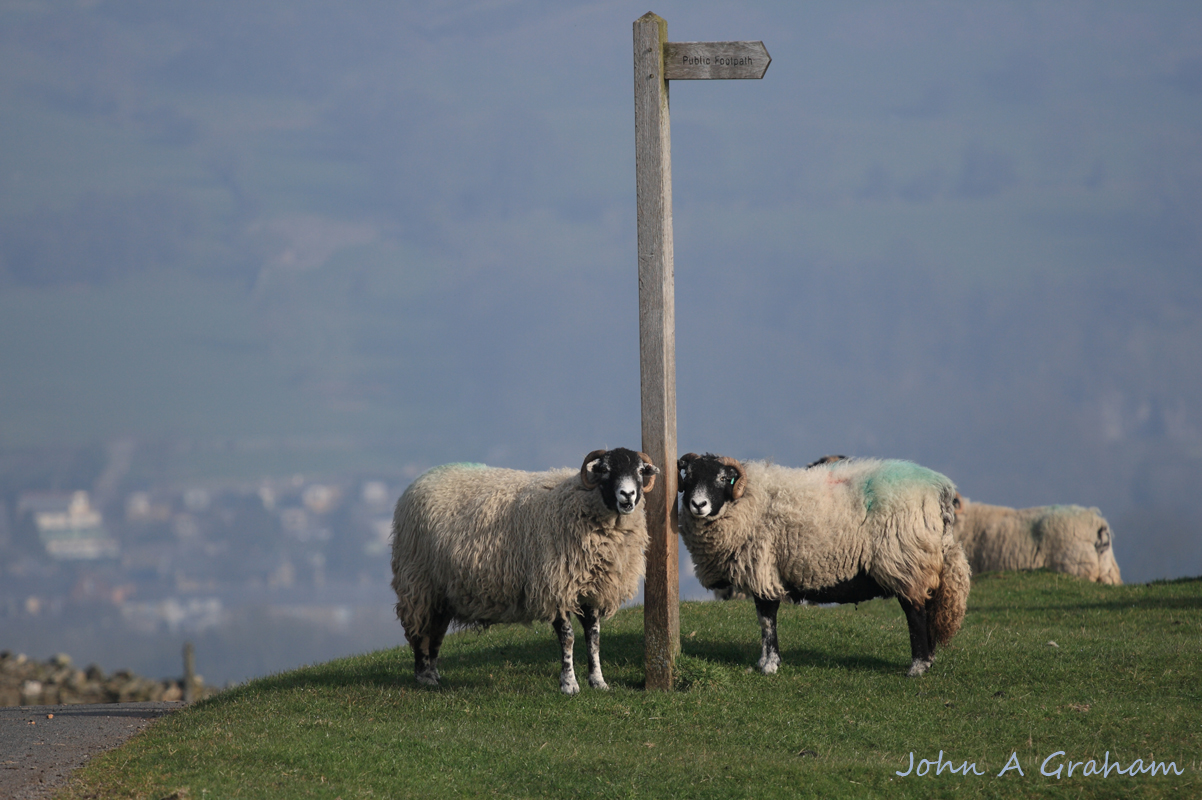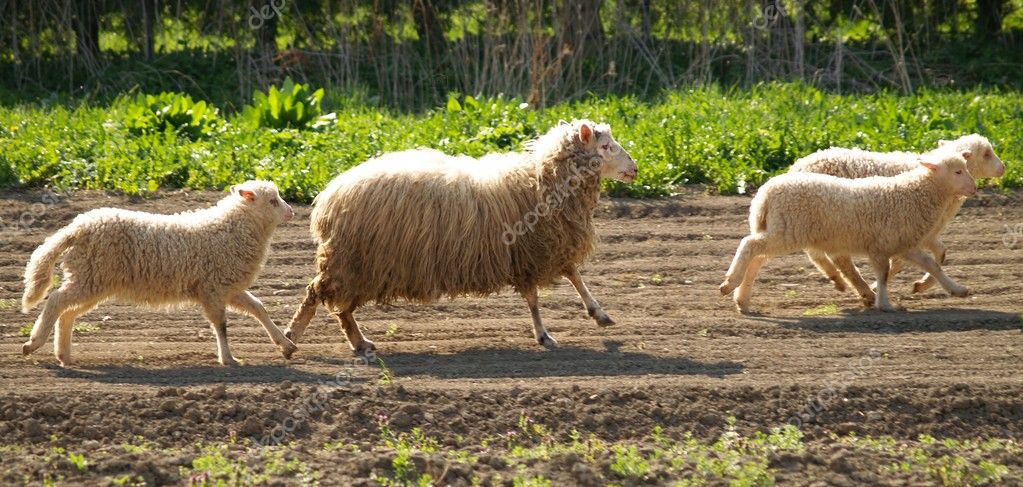

- TOBIN RUNNING SHEEP DIRECTIONS HOW TO
- TOBIN RUNNING SHEEP DIRECTIONS FULL
- TOBIN RUNNING SHEEP DIRECTIONS PROFESSIONAL
However, you'll also want to do the following: There are various preventative tasks you should do to make sure your sheep steer clear of diseases and other problems.Ĭrutching and shearing fall into this category, as they can help to prevent flystrike and other sanitation issues.

Rotational grazing can help prevent sheep from developing parasite infestations too.
TOBIN RUNNING SHEEP DIRECTIONS HOW TO
You may also want to take a look at this article on how to prevent bottle jaw in your sheep, a common issue related to parasites in a flock. Switch up the dewormers you use to make sure the parasites don't become resistant. Most shepherds use liquids that are meant to be administered via a drench. These usually come in large pill, paste, liquid, injectable, and pour-on forms. Plan to deworm on a regular basis, either with natural or chemical products. Regular FAMACHA checks - more information on these here - can help you monitor your sheep for parasite-related anemia. The trick here is in keeping them within a healthy range. Sheep are said to be some of the trickiest animals to raise when it comes to parasites - they almost always have a parasite load. Straw and hay are some of the best choices for sheep barns.ĭeworm your sheep on a regular basis. How much bedding should you use? This varies, but ideally, you should be keeping the bedding as dry as possible. Clean more often if the barn will be used as a breeding area.

Dirty bedding can serve as a breeding ground for bacteria and parasites and degrade the quality of your sheep's wool and hooves.Ĭlean the barn out at least once a week or deep bed, replacing the bedding as often as possible. When raising any kind of livestock, keeping clean living quarters is also essential.įor shape, a clean barn can make the difference between healthy sheep and unhealthy (or worse, dead) ones. Cleaning the Barn and Putting out Fresh Bedding You can do this as needed, using a set of hand shears to do so. This involves removing hard clumps of feces and mud that's gotten itself bound into the sheep's wool. This is an essential practice not just for mature sheep who are about to lamb but for other sheep that might be at risk of diseases like flystrike.īy keeping this area sheared and clean, it reduces the risk of contamination that can attract flies and other pests.ĭagging is similar. The act of crunching simply involves trimming the area around the tail, down the hind legs and part of the way to the underside. However, we do crutch our pregnant sheep right before they lamb to make sure we have access at lambing time.Ĭrutching pregnant ewes also makes it easy for newborn lambs to find the teats to suckle.
TOBIN RUNNING SHEEP DIRECTIONS FULL
We raise Icelandic sheep that roo their wool, so full shearing isn't really necessary. Other breeds (with the exception of hair sheep or those that roo their wool) should be sheared around once per year.Ĭrutching is something else that can be done.
TOBIN RUNNING SHEEP DIRECTIONS PROFESSIONAL
You may want to hire a professional shearer to handle this task for you, or, at the very least, take some classes first.įor wool sheep or those with long fleeces, you will need to shear at least twice per year. Shearing is a task that many beginning shepherds think they'll be able to handle with ease, but trust me - it's easier said than done! Here's a video to demonstrate the process of unloading hay: Again, this is an estimate.įor square bales, you can estimate about two pounds of hay per day per ewe. In addition to providing fresh water, you'll need to feed either round or square bales to your sheep.ĭepending on feed availability, whether you are feeding grain (this is optional), and the size of your flock, you'll need to put out a bale of hay at a rate of about one 45.5 lb bale per 10 ewes each day. If you have to buy grass hay, you will of course need to calculate how much hay is necessary and buy that ahead of time. Other than that, sheep require minimal care, especially if they are primarily grazing animals. Preventing basic illnesses and doing vaccinations Monitoring for and addressing parasite loads Shearing wool sheep at least once a year (often more) To that end, you'll need to plan on doing the following tasks if you plan on keeping sheep: This post won't focus quite as much on feeding and housing sheep, but instead on the basic veterinary and maintenance tasks that are required to keep healthy sheep.


 0 kommentar(er)
0 kommentar(er)
